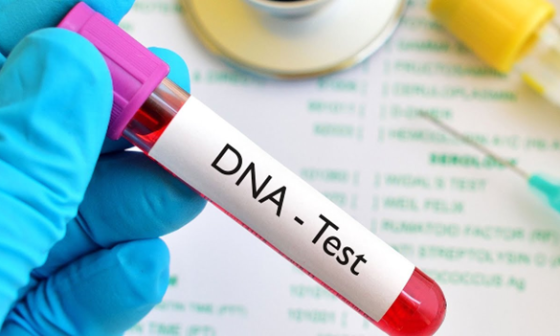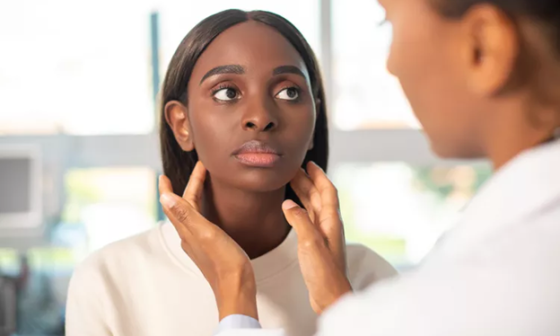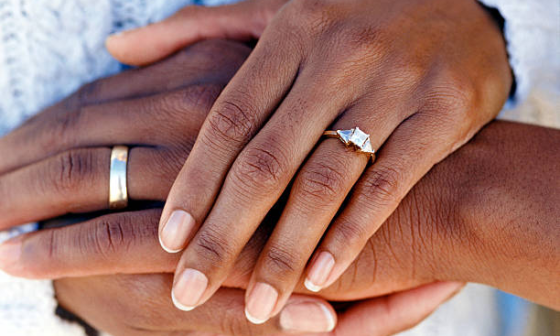Occurrences of Leprosy date back to over 3000 years ago. This makes it one of the oldest and most well-known diseases. However, it remains very relevant with over 200,000 people diagnosed with the disease each year.
This year’s World Leprosy Day themed ‘Beat Leprosy’. The goal is to eradicate the stigma associated with leprosy and promote the dignity of those affected by the disease. This serves as a reminder to address the social and psychological aspects of leprosy alongside the medical efforts to eliminate the disease.


History and Overview
The oldest evidence of leprosy comes from a 4,000-year-old Indian skeleton. By 1200 CE, Europe had around 19,000 leprosy hospitals, likely due to trade routes and military travel. Leprosy, also known as Hansen’s disease was discovered in 1873 by Gerhard Hansen which confirmed the leprosy bacillus as an infectious disease. The disease is now named after him, and the term “hanseniasis” was introduced in 1967 to soften the diagnosis.
Leprosy is a bacterial infection impacting the skin, limbs, nose, and upper respiratory tract. It is caused by Mycobacterium leprae.
Timely intervention can prevent additional tissue damage and halt its further spread. Untreated, Hansen’s disease may lead to skin ulcers, nerve damage, muscle weakness, severe disfigurement, and substantial disability. It is common in countries with tropical or subtropical climates. Often, sufferers are ostracised from their communities and made to live in ‘Leper Colonies’ to restrict or limit their interaction with the general population. Coupled with the skin disfigurement that accompanies it, this further increases the stigmatization of sufferers.

According to WHO’s Global Health Observatory 2022 data, Nigeria ranked 4th among African countries with the highest number of leprosy cases with 2393 cases. Congo DR, Ethiopia, and Mozambique ranked 1st, 2nd, and 3rd respectively. In the world, Brazil ranks number 1 with the highest cases of Leprosy, with India and Indonesia ranking 2nd and 3rd respectively.
How does Leprosy spread?
Contrary to popular belief, leprosy is not spread through casual contact such as shaking hands or sitting next to or talking to an infected person. However, prolonged exposure to an infected person can increase the risk of contracting the disease. The bacteria that causes leprosy is transmitted via droplets from the nose and mouth during close and frequent contact with untreated cases.
Symptoms And Diagnosis
Leprosy is diagnosed by finding at least one of the following:
- Loss of sensation in a pale or reddish skin patch
- Enlarged peripheral nerve with loss of sensation/or weakness of the muscles supplied by that nerve.
- Microscopic detection of bacilli in a slit skin smear.
If left untreated, it can result in progressive and permanent disabilities such as:
- crippling of hands and feet
- shortening of toes and fingers due to reabsorption
- chronic non-healing ulcers
- paralysis
- erectile dysfunction
- infertility
- chronic nasal congestion and nosebleeds
- hair loss particularly on the eyebrows and eyelashes, and blindness.
A thorough physical examination will be conducted to identify characteristic signs and symptoms of the disease. Additionally, a biopsy will be performed by extracting a small skin sample for laboratory testing to determine the type of Hansen’s disease.
Treatment and Prevention
Multi-drug therapy alone has been found inadequate in interrupting leprosy transmission. However, to enhance prevention, the WHO suggests tracing the index case’s household, neighborhood, and social contacts. This involves administering a single dose of rifampicin as preventive chemotherapy with the consent of the index case.
Contrary to public perception, Leprosy is a curable disease. Early diagnosis and prompt treatment can help prevent disabilities. According to WHO, using 3 drugs: dapsone, rifampicin, and clofazimine also known as Multi-drug therapy (MDT) for 6-12 months kills the pathogen and cures the patient. Early diagnosis and swift treatment can prevent disabilities.
In our shared journey to ‘Beat Leprosy’, let compassion and respect be our guiding light, fostering understanding and support for affected individuals as we strive for a leprosy-free world.
Ihuoma Omusi






